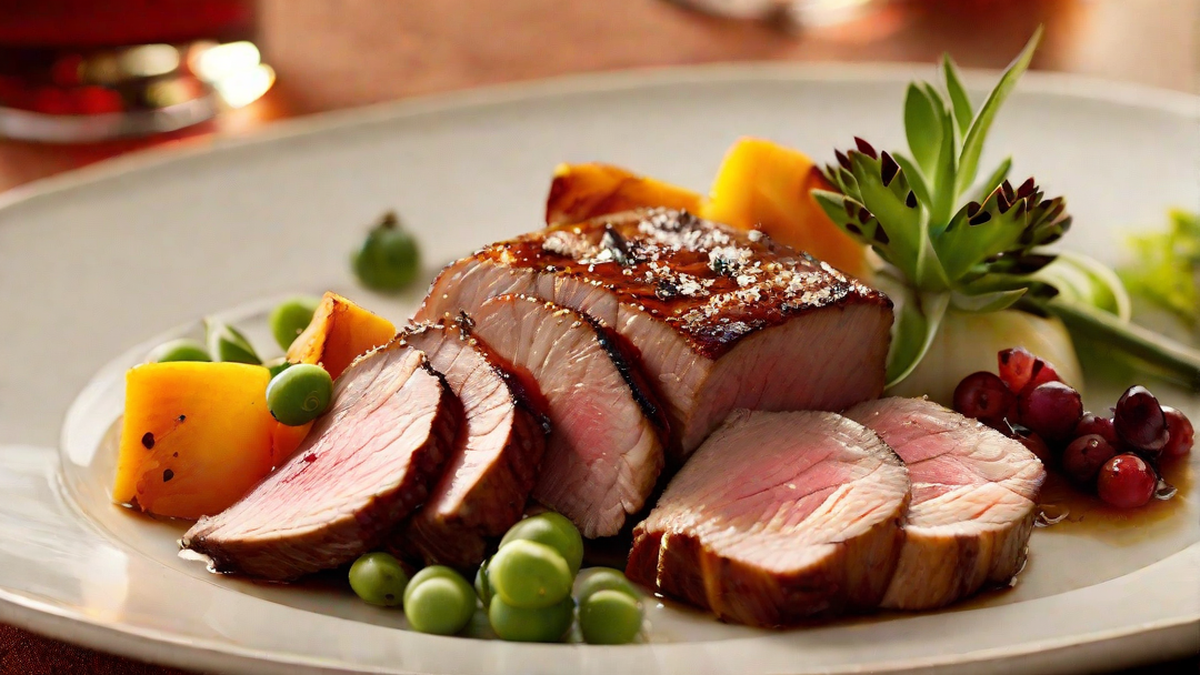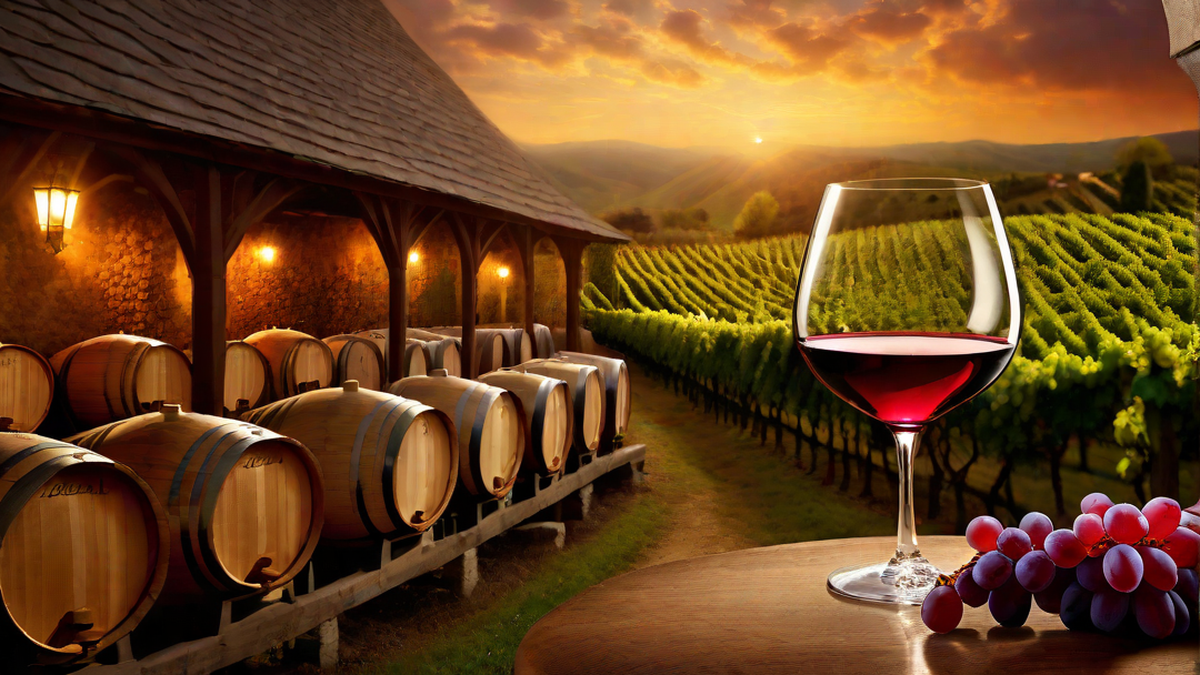Open top fermentation is an age-old winemaking process that has been used for centuries to produce some of the finest wines in the world. As a wine enthusiast and an advocate for traditional winemaking techniques, I find open top fermentation to be a fascinating and essential part of the winemaking process. In this article, I will delve into the details of open top fermentation, exploring its history, the fermentation process, and its impact on the final product.
The History of Open Top Fermentation
Open top fermentation dates back to ancient winemaking practices, where grapes were crushed and fermented in open vessels without any lids or seals. This method allowed natural yeasts present on the grape skins and in the surrounding environment to initiate the fermentation process. Over time, winemakers have continued to embrace this traditional approach, recognizing its influence on the development of complex flavors and aromas in the wine.
The Fermentation Process
The open top fermentation process begins with the careful selection and crushing of the grapes. Once the grapes are crushed, they are transferred to open fermentation vessels, which can range from wooden vats to concrete tanks. Unlike closed fermentation vessels, open tops allow the interaction of the fermenting must with the air, resulting in unique microbial activity and oxygen exposure. This interaction contributes to the development of distinct flavor profiles and enhances the overall complexity of the wine.
The Role of Oxygen
During open top fermentation, the presence of oxygen influences the fermentation kinetics and the sensory characteristics of the wine. The gentle introduction of oxygen can soften the tannins and promote the development of desirable aromas. However, excessive exposure to oxygen can lead to undesirable oxidation, emphasizing the importance of skilled winemaking and vigilant monitoring throughout the process.
My Personal Experience
As a wine enthusiast, I have had the privilege of tasting wines that have undergone open top fermentation. The resulting wines often display a remarkable depth of character and a rich sensory profile. I have found that these wines possess a captivating complexity that reflects the unique nuances of the grape varietals and the terroir in which they were grown.
Conclusion
Open top fermentation embodies the artistry and tradition of winemaking, offering a profound connection to the land and the history of wine production. As I continue to explore the world of wine, I am deeply inspired by the dedication of winemakers who uphold these time-honored practices, producing exceptional wines that captivate the senses and tell a story of their origins.




